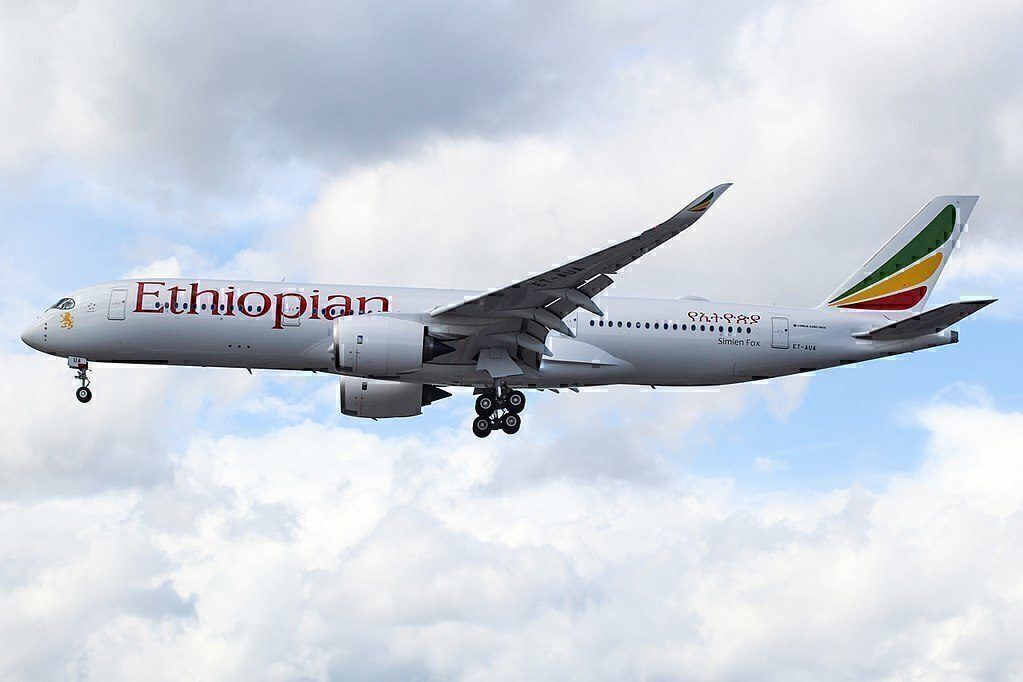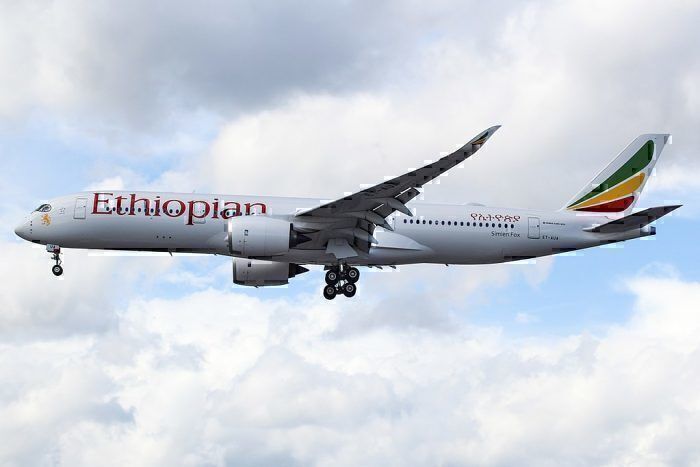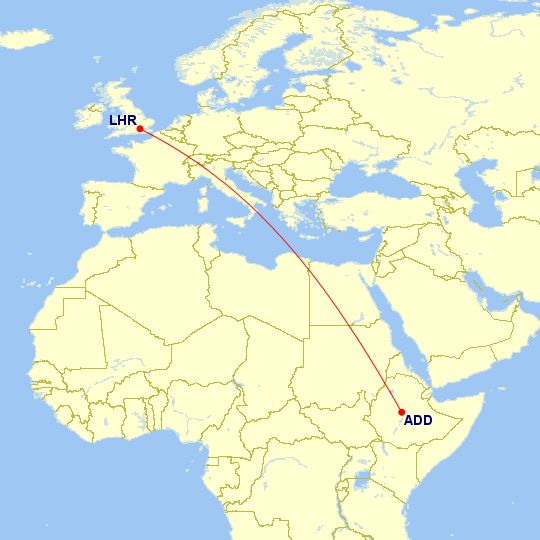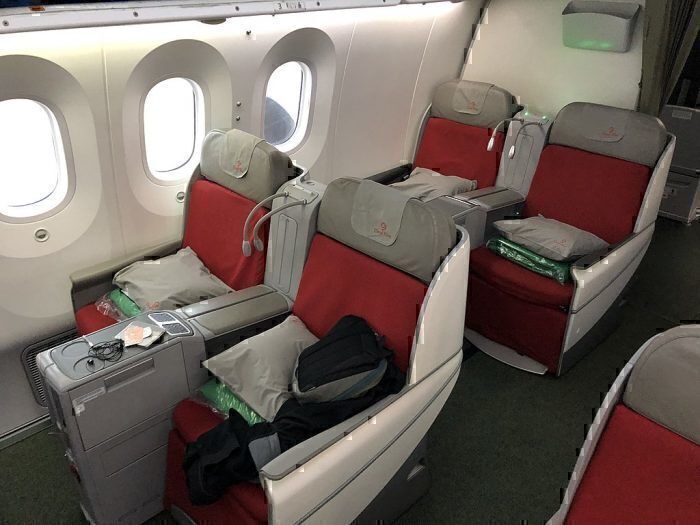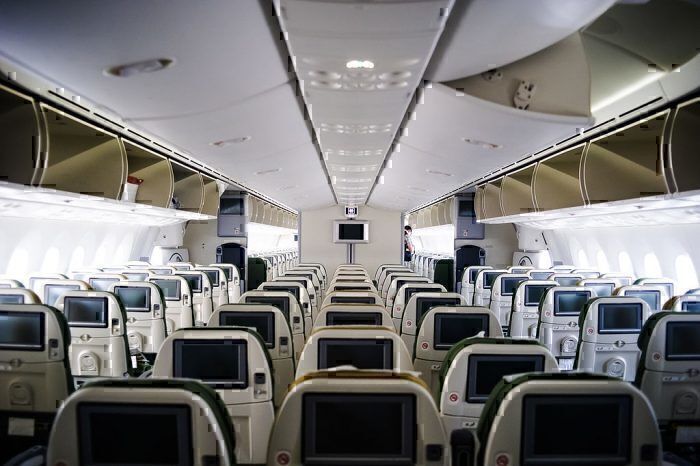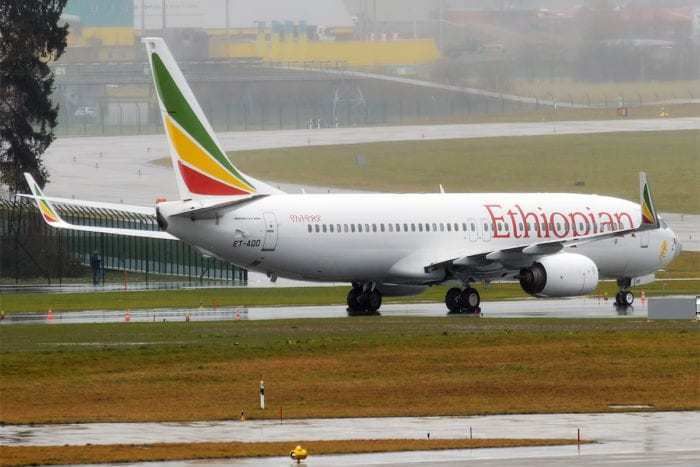Ethiopian Airlines has cut London to Addis Ababa from 10 services a week to only seven (once daily) in quarter four of 2019. This service is notable as it is entirely operated by Ethiopians' Airbus A350-900XWB fleet.
What are the details?
From October 31st to the 10th of December 2019, Ethiopian will reduce the operations of their Airbus A350 London route.
Specifically, the new (slightly confusing) route configuration will be:
Outbound flight number: ET700 - Addis Ababa 0120 – arriving at London at 0635.
Outbound flight number: ET710 - Addis Ababa 0845 departure – arriving at 1400 in London.Whilst on the return, on every day apart from Wednesday,
Inbound flight number: ET701 - Departing London 2015 – landing at Addis Ababa the next day at 0655.
Whilst on days that are not Wednesday, it reverts to,
Inbound flight number: ET701 leaving sunny London at 2055 – arriving the next morning at 0735.
What is service like onboard the A350-900?
Currently, Ethiopia Airways has nine Airbus A350-900s in service but they have another 15 to be delivered. The aircraft has a configuration of 30 business class seats and 313 economy seats.
The business class cabin has a 2-2-2 configuration with lie-flat seats. As the configuration is side by side (and not reverse herringbone) there is actually no privacy between seats nor direct aisle access. This also means that business class passengers lack the coveted suite doors like the in the design of the Qsuite on Qatar.
The economy cabin is laid out in a 3-3-3 configuration, with each passenger having 32 inches of pitch (which is actually quite good compared to the industry average of 30 inches).
Each seat has in-seat power and a large entertainment screen. With the other benefits that a modern A350 provides passengers (large overhead bins, good humidity and LED mood lighting to replicate natural light cycles) this is actually one of the most comfortable ways to fly to London from Addis Ababa.
Why has Ethiopian reduced frequencies?
Ethiopian has not been clear why they have reduced services for this period. It could because they need the aircraft for other routes (although one would argue that London to Addis Ababa would be one of the airlines most profitable routes) or that they have overcapacity.
Additionally, since the Boeing 737 MAX disaster, Ethiopian has been hurting for business and having their remaining 737 MAX aircraft grounded and perhaps to never fly again would certainly hurt their bottom line.
But as we can see, when Christmas and the other holidays roll around, Ethiopian is very keen to relaunch at least 10 services a week.
What do you think of this route change? Do you think it will benefit the airline? Let us know in the comments.

